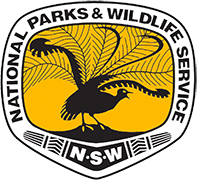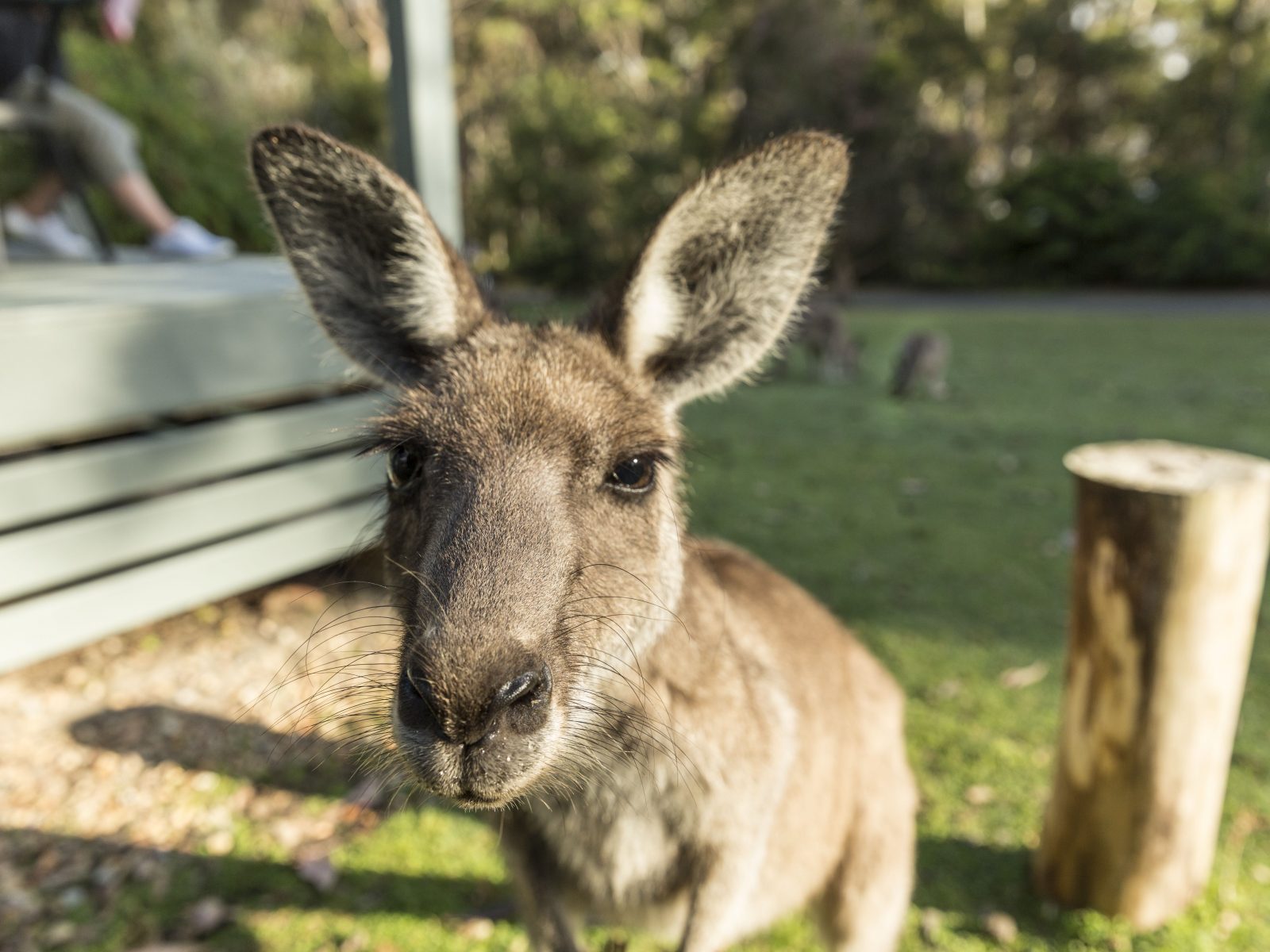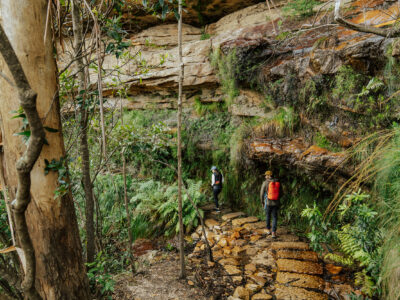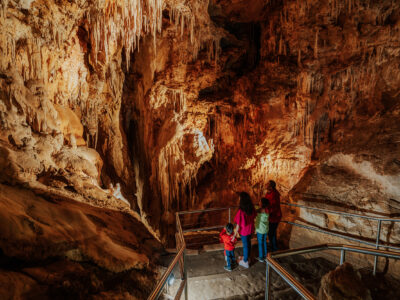What cuter way to protect our native wildlife than spying on their secret lives? This is exactly what NSW’s Wildcount program has been doing since 2012, by setting up cameras to track common (and not so common) species found across the state. At over 200 sites they’ve captured a lot of important data, and thousands of adorable moments.
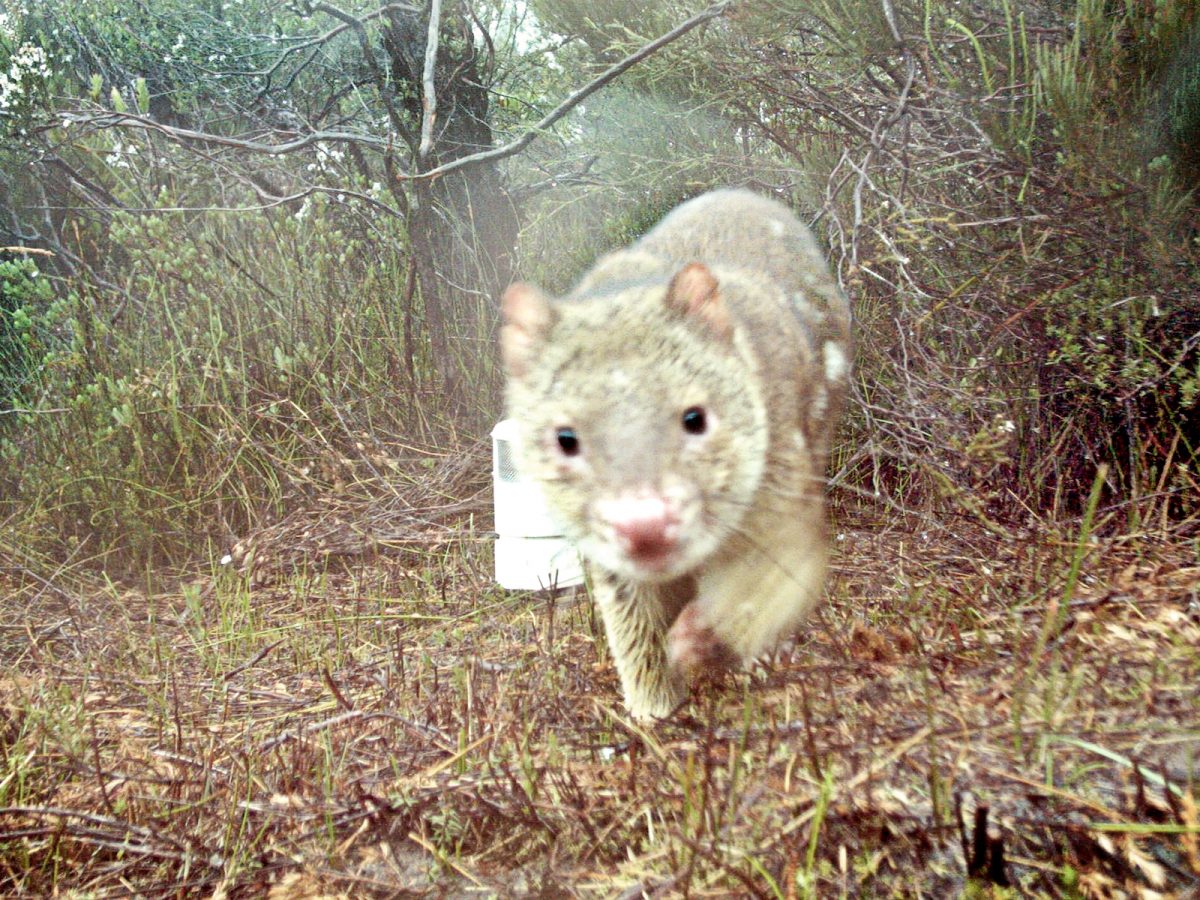
This motion-activated snap of a spotted-tail quoll is the first photo evidence of quolls in Nadgee Nature Reserve.
Nadgee Nature Reserve
DPIE
Although squeal-inducing snapshots into the private moments of critters like wallabies, wombats and emus isn’t officially the aim of the initiative (just a very happy side effect), there are some rare “awwwwww” moments where sweetness and science collide: like this spotted-tailed quoll that was the first ever visual evidence of its species inhabiting Nadgee Nature Reserve.
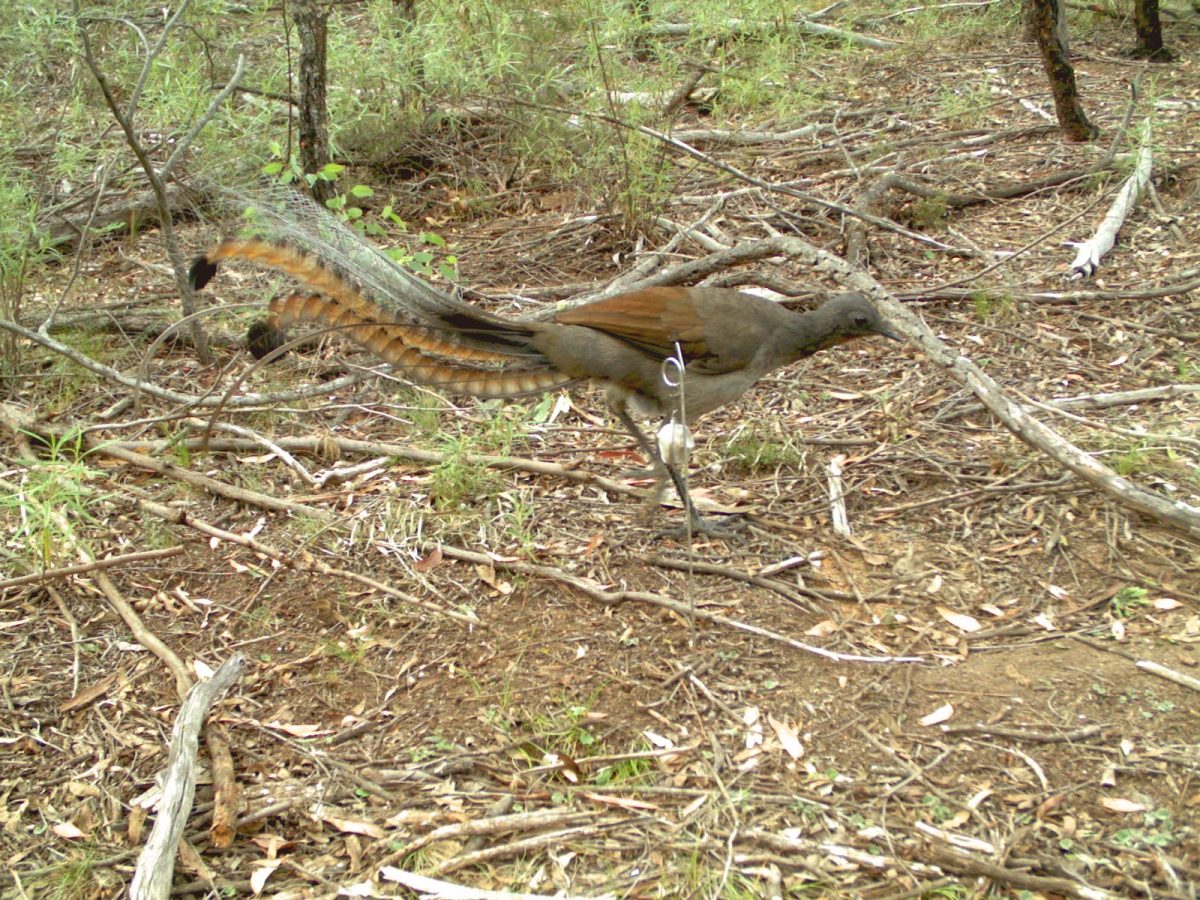
The superb lyrebird
Bungonia State Conservation Area
WildCount program/DPIE (2014)
There’s a reason the superb lyrebird decorates our 10-cent coins: they’re awesome. With camo-like skills they blend into the bush, making them hard to spot. These once-endangered beauties are pretty much always mistaken for other birds by ear because they can imitate pretty much anything, whether it’s a kookaburra or a car alarm (seriously).
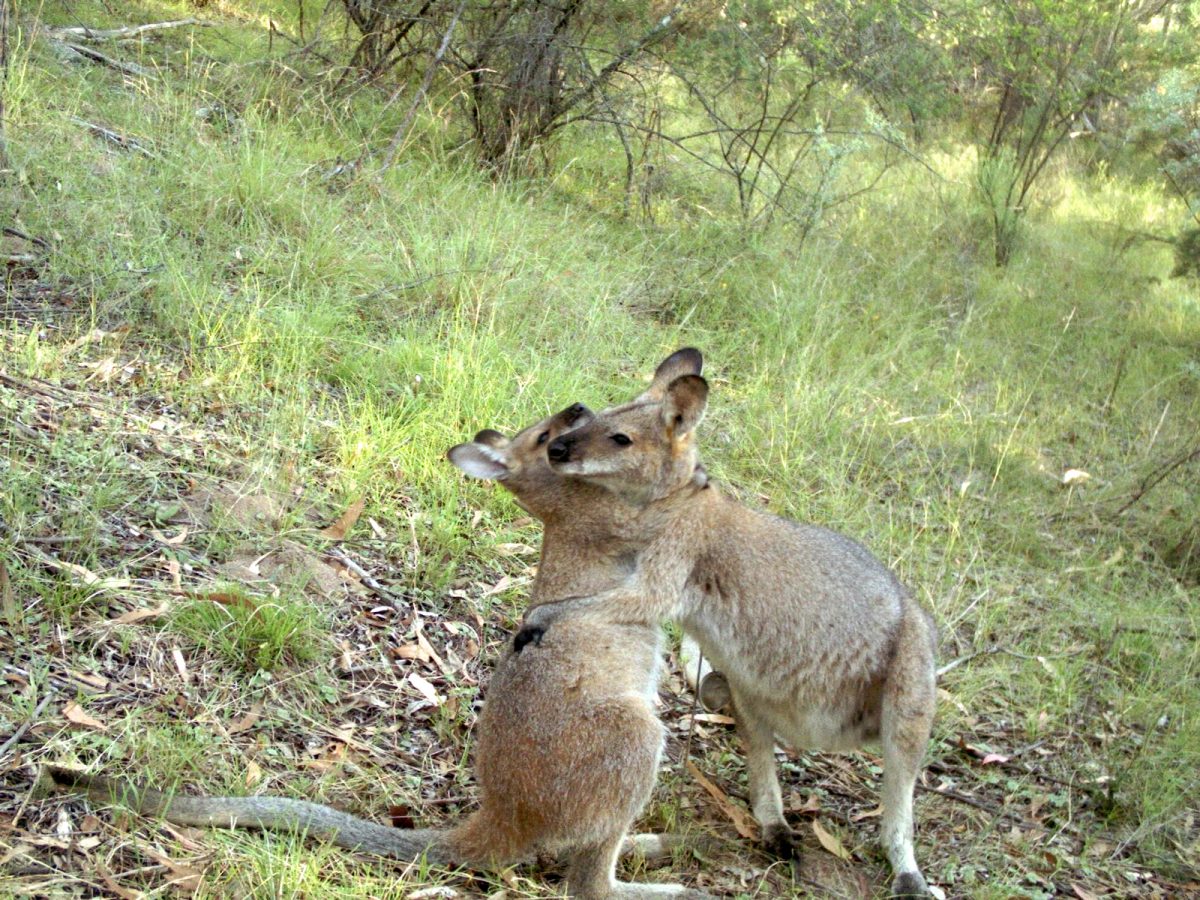
Red-necked wallabies
Mount Yarrowyck Nature Reserve
WildCount program/DPIE (2014)
Hugging it out! This affectionate mother and joey were caught on camera having a quick cuddle. They’re red-necked wallabies, some of the most common critters in NSW national parks.
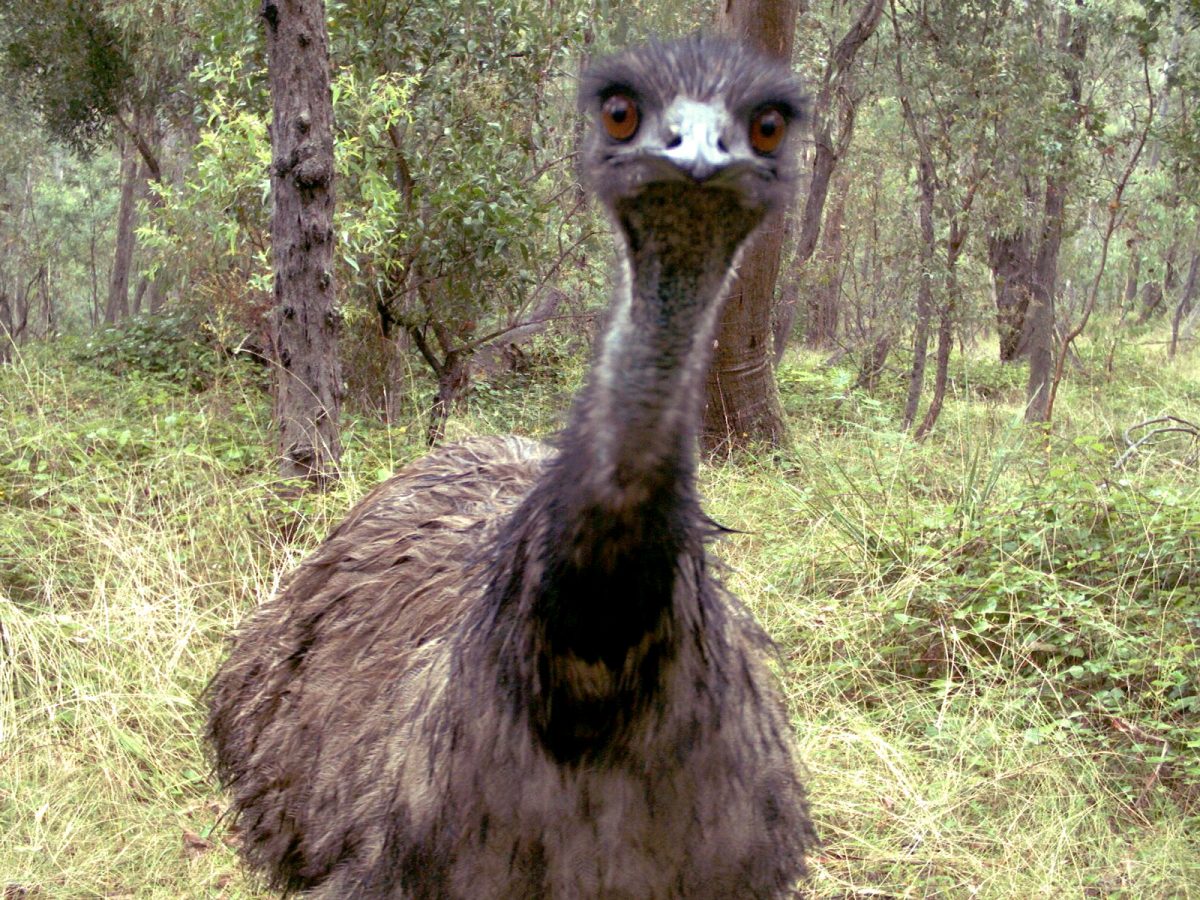
An Australian emu
WildCount program/DPIE (2015)
An emu in your headlights? This gal didn’t go for the peanut-butter bait on the ground, but was investigating the weird-looking camera instead.
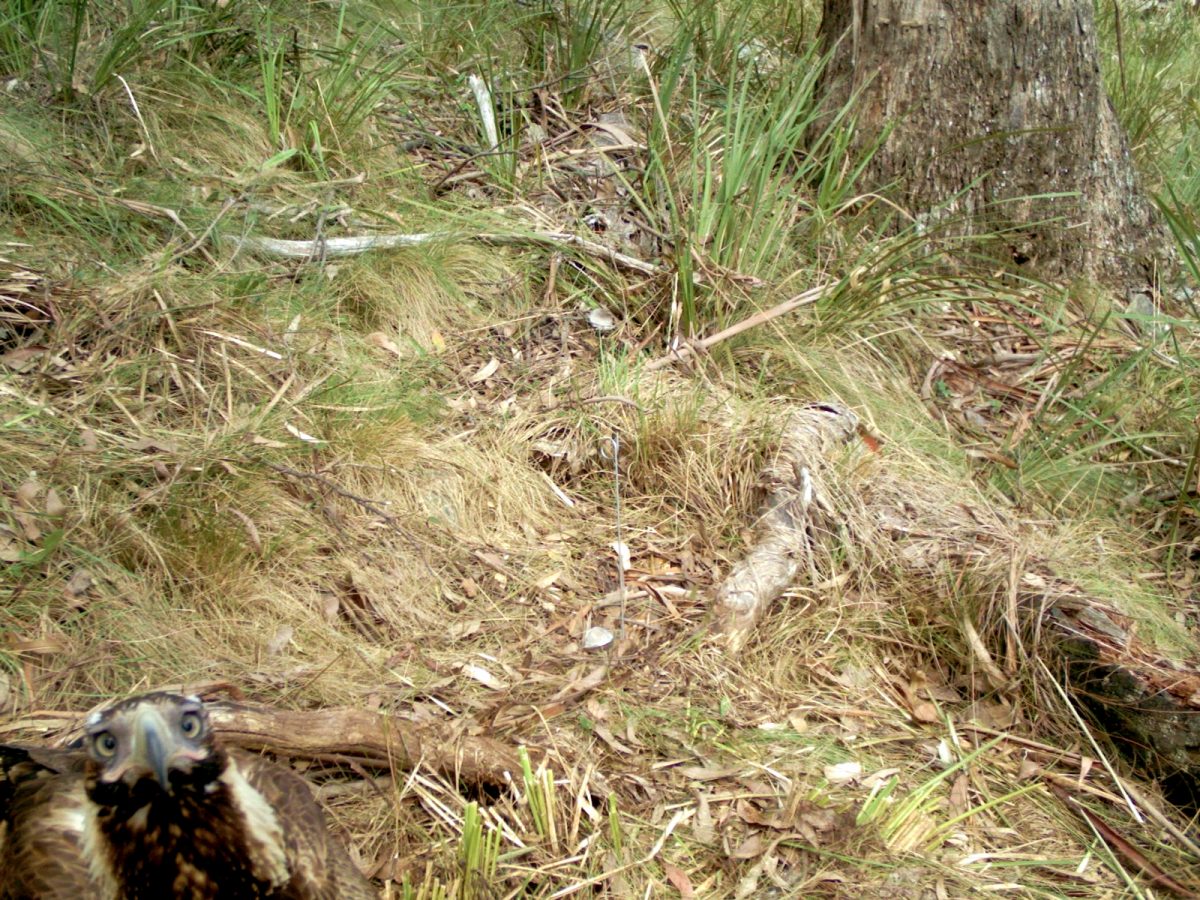
A curious wedge-tailed eagle
WildCount program/DPIE (2014)
Bet you’ve never seen an eagle selfie before. The largest bird of prey in Australia, the wedge-tailed eagle usually looks much more intimidating than in this photobomb.
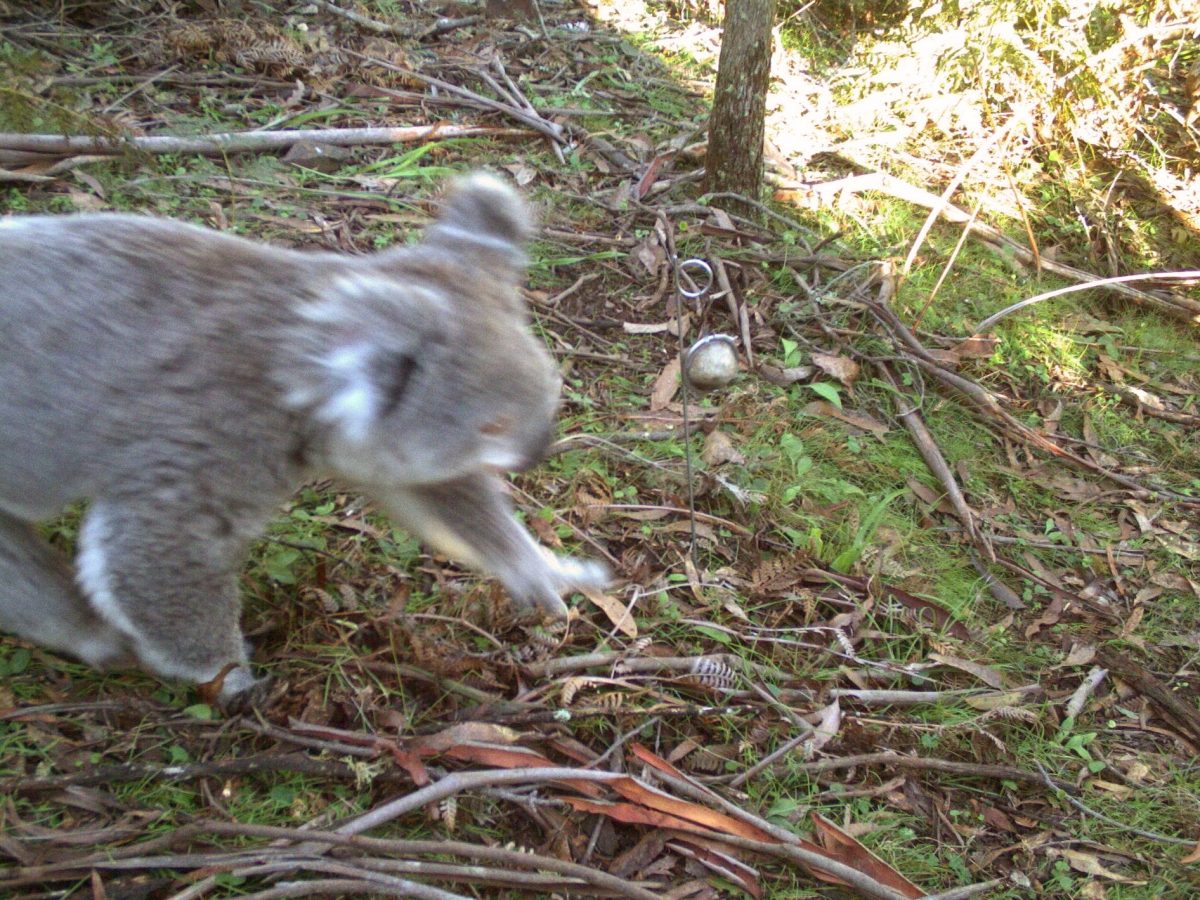
A koala passing the motion-activated camera
WildCount program/DPIE (2014)
A koala moving at warp speed … how is this even possible? Koalas are awesome, but they’re also Australia’s sloths. You can find them fast asleep or munching on food the majority of the time. This guy’s defying stereotypes and making a dash for that bait.
In four years, Wildcount has collected more than a million candid critters, which volunteers then painstakingly sort into species. With what we can interpret from a data set so massive, species might ultimately be saved, reported endangered or even rediscovered.
Not just a bunch of cute photos after all.
Did you know: A species of rock wallaby once thought extinct was found living in a remote national park as a result of the Wildcount program.
